Instead of burning fields after each crop season, causing environmental pollution, An Giang farmers have found many ways to effectively utilize straw, helping to increase income.
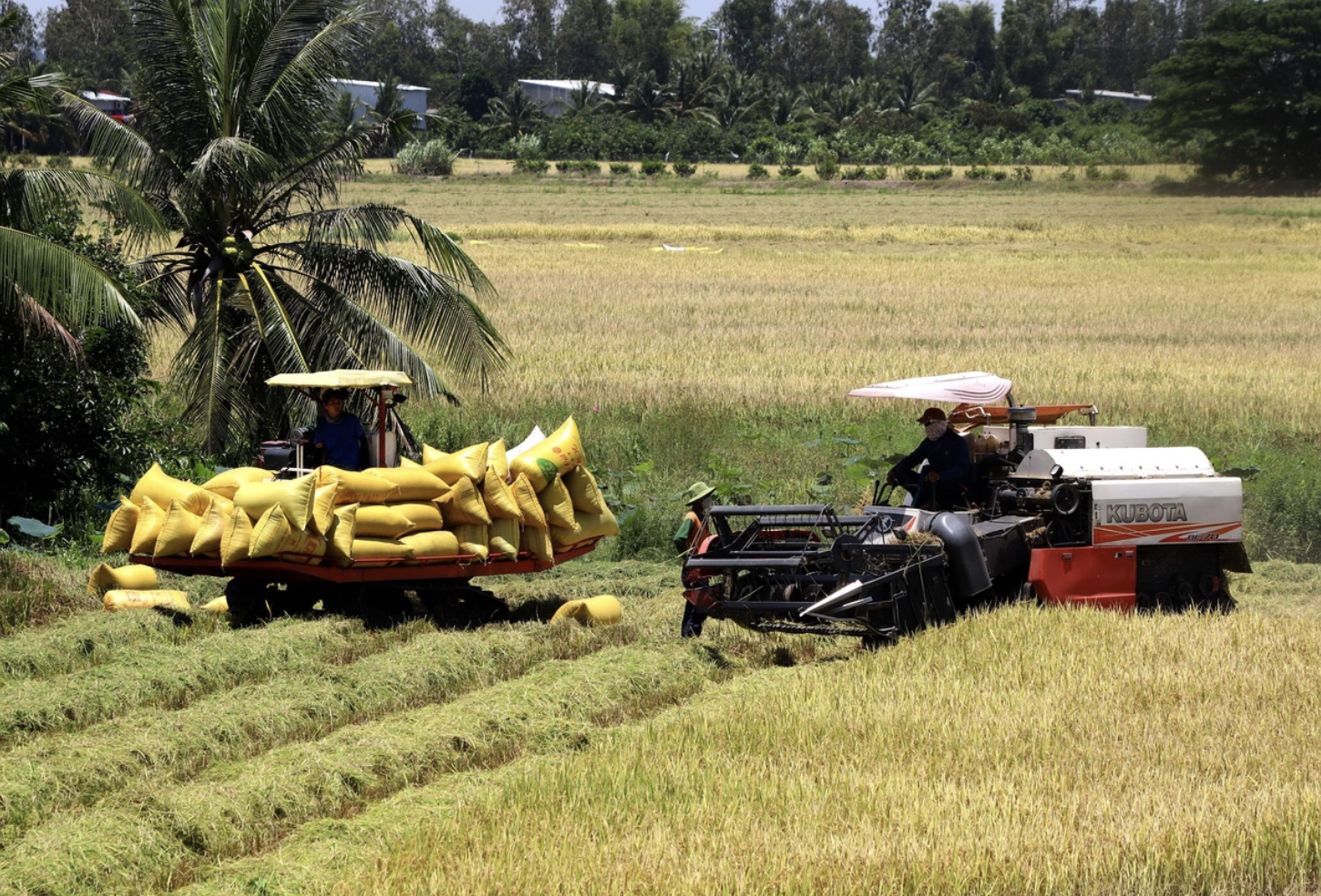
An Giang, the province with the highest rice output in the Mekong Delta, is transforming to develop sustainable agriculture , utilizing straw to increase the value of rice crops - Photo: CHI QUOC
The workshop "Assessing the current situation and proposing solutions to minimize the impact of agricultural chemicals and open burning of straw on climate change and biodiversity in Vietnam" took place on November 16, in Thu Duc City, Ho Chi Minh City.
The workshop is part of a collaborative project between the Global Alliance on Health and Pollution (GAHP) and the UK Department for Environment, Food and Rural Affairs.
Burn straw is burning money
Sharing with Tuoi Tre Online on the sidelines of the workshop, Mr. Nguyen Thanh Ha (residing in Chau Thanh district, An Giang) said that in 2020, after attending an agricultural extension class organized by a local cooperative, he was impressed with the model of using straw to grow straw mushrooms in a greenhouse.
Seeing the potential, he decided to try his hand at this model.
With support of 200 million VND from the province and his own capital, Mr. Ha invested in building 8 mushroom greenhouses, each greenhouse is 24m².
He shared that each month the model supplies about 70kg of straw mushrooms, with a selling price of 100,000 VND/kg thanks to ensuring clean mushroom standards and no chemicals.
"After only 2 years of application, I have recovered my capital and started making a profit. Each greenhouse regularly brings in a profit of about 3 million VND, the total income from the whole system reaches 24 million VND/month, double that of traditional rice farming," Mr. Ha excitedly shared.
At first, Mr. Ha said he also had difficulty introducing the product. However, thanks to the delicious, clean, and completely organic quality of the mushrooms, customers gradually trusted and bought more and more.
"Currently, in addition to supplying mushrooms to the markets, I also have stable orders," he added.
Not only stopping at using straw to grow mushrooms, Mr. Ha also implemented a circular production model. Waste products from mushroom growing such as rotten straw are used to raise earthworms, creating organic fertilizer for growing vegetables such as cabbage, eggplant and other crops.
This method not only increases economic value but also helps improve soil and reduce negative impacts on the environment.
Diversified products from straw
Not only Mr. Ha, many farmers in An Giang are also applying models to utilize straw. Here, the use of straw after harvest is becoming a new trend in agriculture, not only bringing high economic efficiency but also helping to minimize negative impacts on the environment.
Sharing at the workshop, Ms. Pham Thi Nhu - an officer of the Chau Thanh District Agricultural Extension Station - said that the locality has stepped up propaganda to help farmers clearly see the benefits of not burning straw but using it in production.
"Thanks to changing their methods, many farmers have both increased their income and contributed to reducing air pollution," said Ms. Nhu.
Meanwhile, Ms. Pham Ngoc Xuan, representative of Chau Thanh Agricultural Cooperative, said that with more than 80,000 hectares of rice land each year, implementing models to utilize straw is an essential solution to increase economic value for farmers.
In addition to growing straw mushrooms, the locality has also developed models of composting organic fertilizers and making animal feed from straw. These models not only create a stable source of income for farmers but also help improve the soil and reduce input costs for the livestock industry.
Currently, about 30% of straw in An Giang is utilized, and the goal is to increase this number to 40% in the near future.
"We are working to improve straw collection and storage by supporting modern machinery to help farmers optimize benefits," Ms. Xuan added.
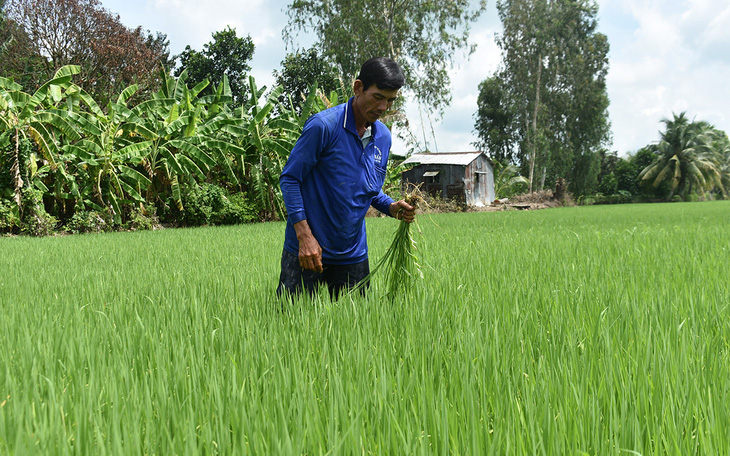 Clean rice - sustainable direction of An Giang
Clean rice - sustainable direction of An GiangSource: https://tuoitre.vn/khi-nong-dan-bien-soi-rom-thanh-soi-vang-20241116193055609.htm


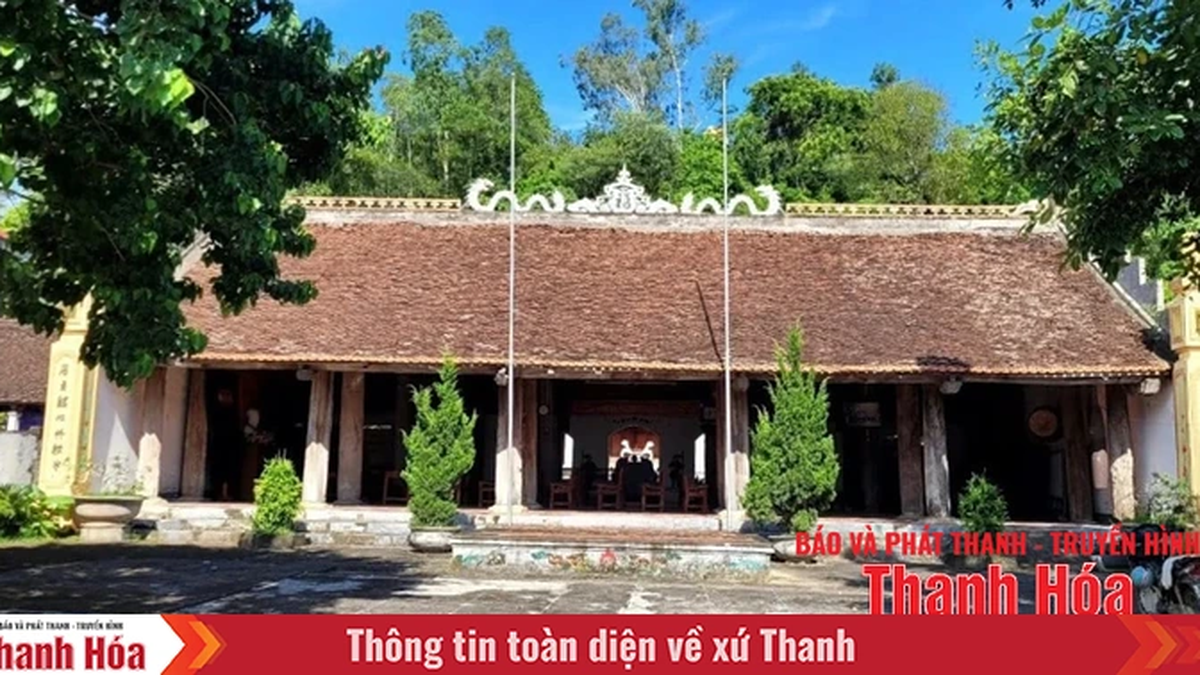
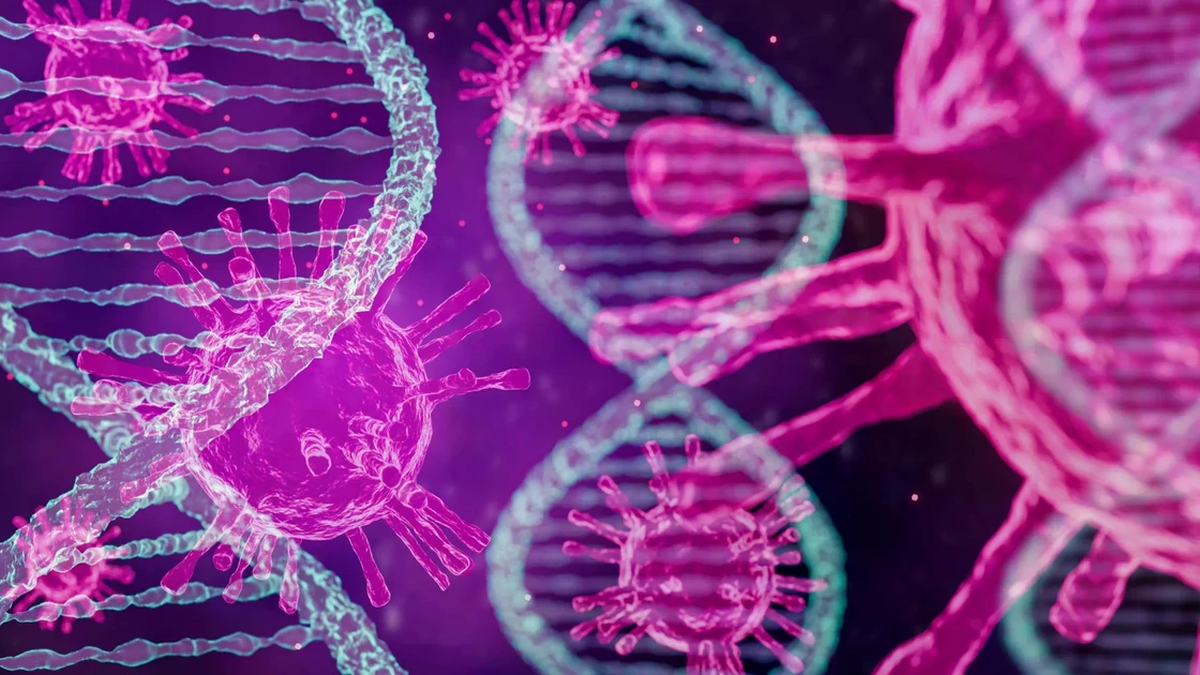
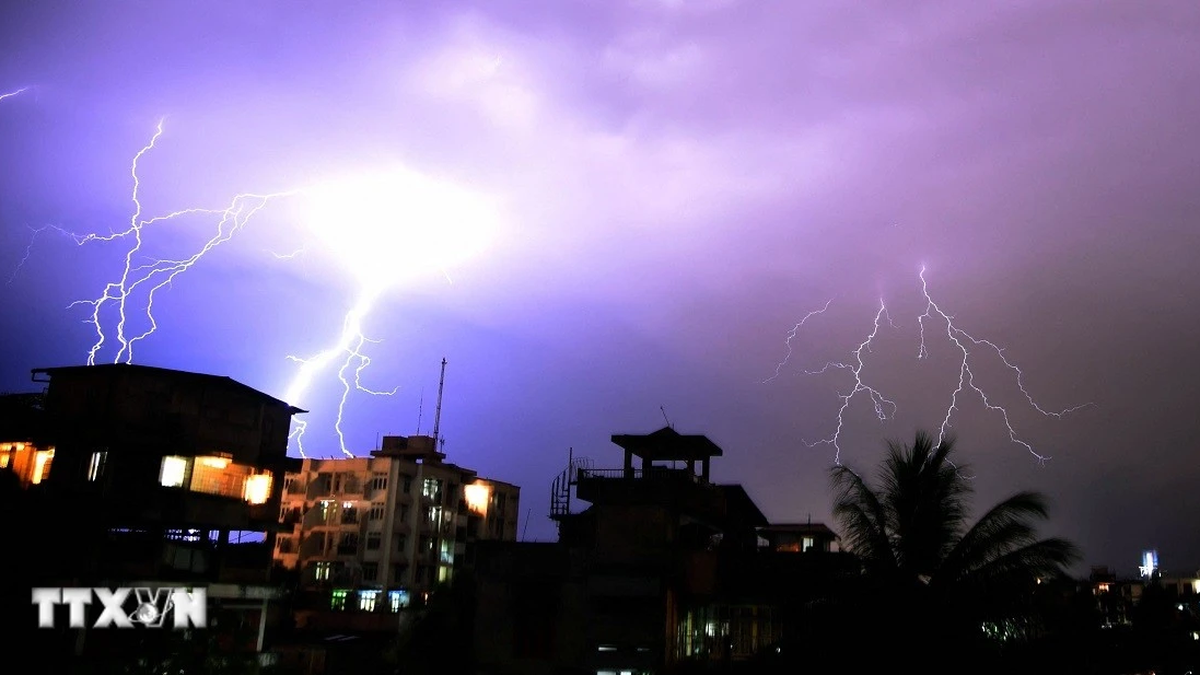

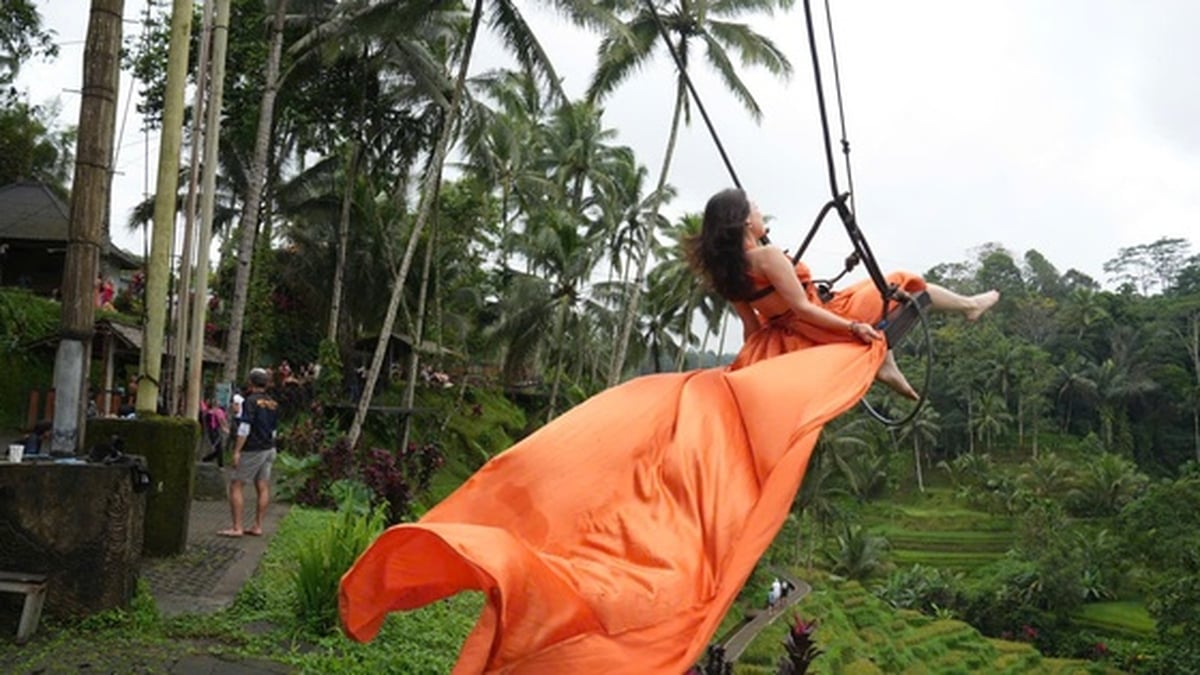


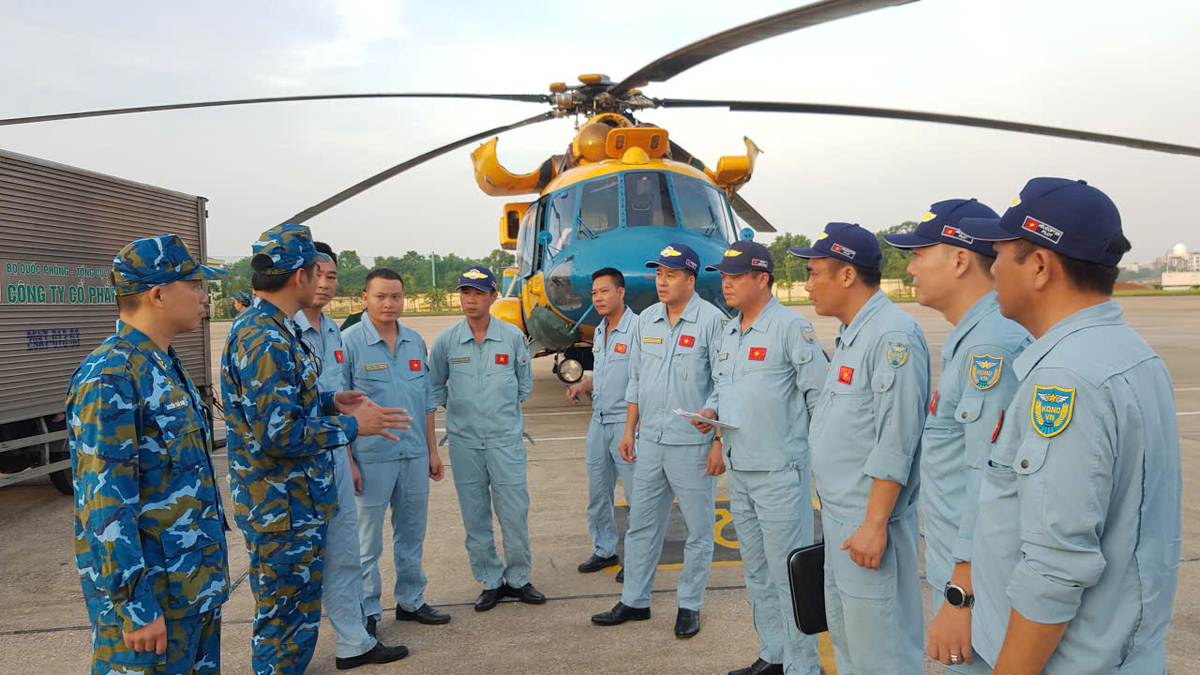
























































































Comment (0)